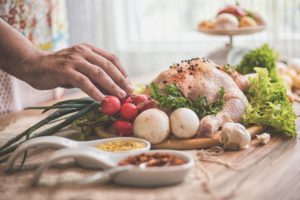
Fitness is more than eating right and exercise. I believe that fitness is holistic – that is, body and mind. Keep the body healthy, keep the mind healthy and you’ve got fitness nailed. But what happens when you encounter hardships? Can you bounce back? It helps to know how to grow your resilience in cases like this so that you can come back from those hardships better and stronger than ever!
So how can you grow your resilience? Contrary to what some people may think (those who wallow in their misfortune and say, “Woe is me,” or words to that effect) you can actually grow and improve your resilience. It is a skill that can be improved with effort.
Learn from misfortune
It’s important to look at what happened objectively and learn from the experience. Learn from your reaction to the experience. Were you reactive or proactive? Could you have been proactive to get a better outcome?
Choose your reaction
Whatever happens, take a moment and breathe. You don’t have to react immediately. Run through your options in your brain. “If I do {this}, then {that} will happen.” I know – sometimes it’s hard not to react to circumstances right away. But, it’s almost always to your benefit to wait a moment to react. That nanosecond may be just enough time to rethink a reaction that would not be appropriate. (Or to think of a better reaction even if your first inclination was not inappropriate.)
The point is that you almost always have time to think before you react or offer a comment.
Other ways to grow your resilience
There are other ways to grow your resilience. One is to be happier. Optimistic people can almost always bounce back quickly from one of life’s misfortunes. They seem to have the coping skills that are needed.
Want more ways to improve your resilience? Click here or the button on the right and get my new ebook, “How do you bounce back?”

